
Oh, what a time to be a royal enthusiast. There have been an untold number of well-publicized royal scandals over the years, many points in history where the ongoings of the British monarchy have dominated newspaper headlines and whipped the general public into a frenzy. The current state of affairs must surely rank among the most tantalizing. Not only has the whole saga regarding Kate Middleton’s recovery from a mysterious abdominal procedure captivated all and sundry since January,
but King Charles also received a shock cancer diagnosis. That’s not to mention the ever-present controversy where Prince Harry and Meghan Markle are concerned. In most other decades the reigning monarch’s fight against cancer would be the focal point of the media attention. It speaks volumes, then, that the maelstrom of speculation surrounding Kate has virtually pushed all other topics into the shadows. It could be argued that the royals only have themselves to blame for the intense scrutiny placed upon Kate’s recovery. Aside from confirming that the Princess of Wales was undergoing a “planned abdominal procedure” in January, adding that she would be out of action until around Easter time, the Palace has been thrifty to the point of arousing suspicion with its updates. Just what Kate was suffering from that required surgery remains unknown to the public. Compounding the sense of confusion was the fact that Kate – until last week – hadn’t been seen since Christmas. And if the vacuum of concrete information brought the pot of speculation to boiling point, the debacle surrounding the image of Kate and her children released to mark Mother’s Day in the UK blew the lid off with such force that the various conspiracy theories suddenly became of interest worldwide. Among the mostly hotly debated possibilities was that Kate and Prince William were experiencing marital troubles, the likes of which had left Kate with no option but to withdraw from the spotlight until a solution could be found. At this stage we’d be remiss in our duties if we didn’t point out that any and all reports of William and Kate’s romance being in crisis remain unconfirmed. That said, the topic has generated enough attention to make it an undeniable fact that the public are at the very least extremely intrigued. The crux of the aforementioned marital bother William and Kate are purported to have found themselves in centers around the rumor that William had engaged in an affair with Rose Hanbury, the Marchioness of Cholmondeley. According to reports, Rose and her husband David Rocksavage, the 7th Marquess of Cholmondeley, have been in William and Kate’s social circle for some time. Once upon a time, the ever-reliable Sun newspaper tried to flog speculation that Kate and Rose had a falling out (leading to a not-insignificant amount of people claiming the cause was an affair between Rose and William). And it seems as though that candle of scandal continues to burn even today, some five years since The Sun published the aforesaid information. Last week there were multiple articles written about Rose – in the midst of the media throng to find out where Kate Middleton was – with some news outlets even being accused of ‘soft-launching’ the Marchioness in preparation for a time wherein her alleged affair with William became official news. Of course, the outlandish rumors appear to be just that… outlandish. Even so, Rose Hanbury herself was bothered enough to break her silence and firmly deny that any affair had ever taken place. As per reports, Business Insider reached out to Rose’s lawyers this weekend for comment. The reply they got read: “The rumors are completely false.” So there you have it… case closed, perhaps, maybe, for now. What do you think to the incessant speculation about Kate Middleton and Prince William? Let us know in the comments.
My MIL Threw Away All My Food from the Fridge – I Responded on Her Birthday

My MIL Threw Away All My Food from the Fridge – I Responded on Her Birthday
Living under the same roof with my mother-in-law had been challenging from the start. The cultural differences between us had always been a point of contention, but I never expected it to escalate to the point of her disposing of all my cooking supplies.
The food I cook, a vibrant representation of my South Asian heritage, means more to me than just sustenance; it’s a connection to my roots, my family, and my identity. However, the disdain from my mother-in-law towards my culture and the food I love became painfully evident the day I found my pantry emptied.
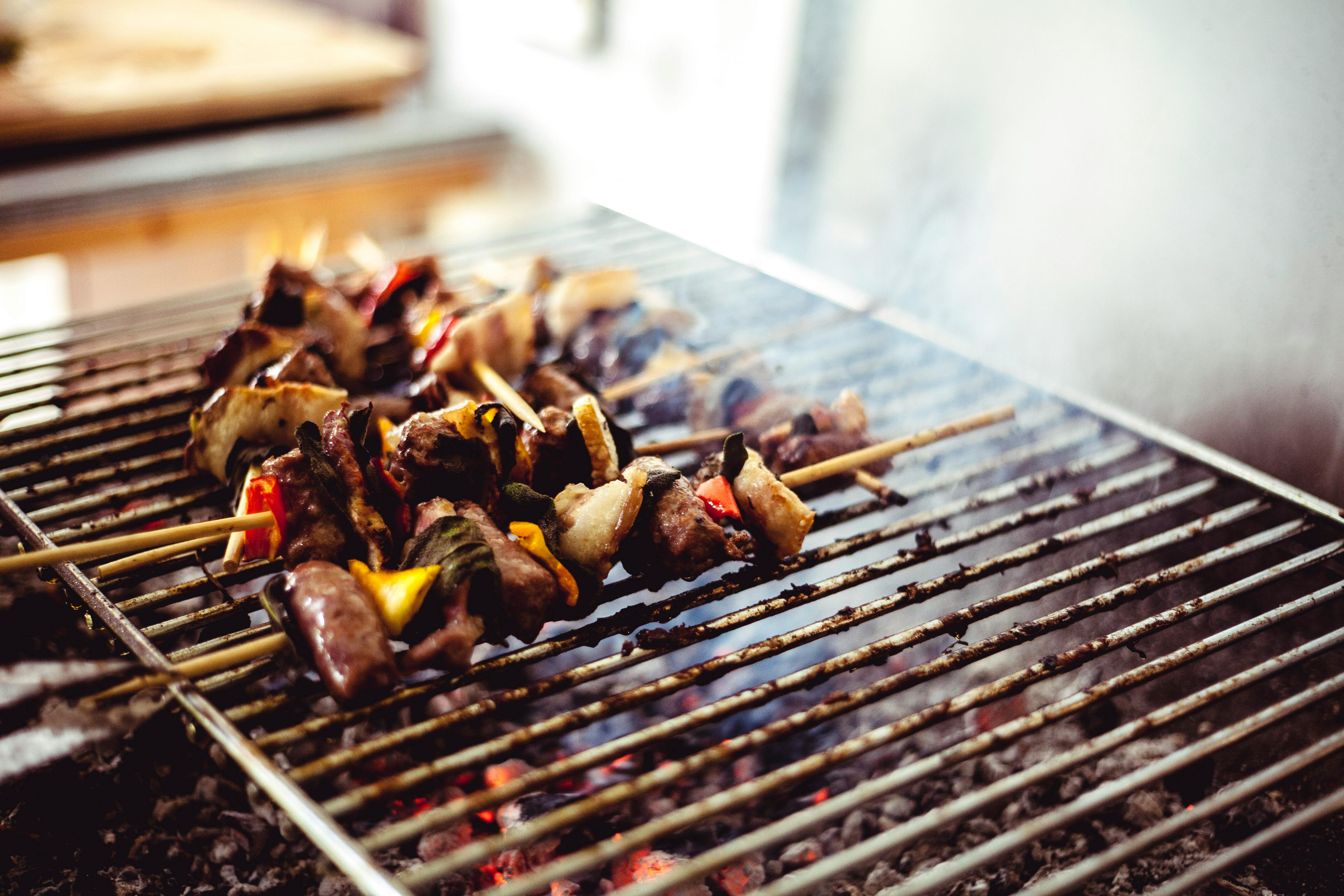
Kebabs roasting | Source: Pexels
Having my mother-in-law move in was never going to be easy. The dynamics in our household shifted dramatically, but I had hoped for a semblance of respect and understanding. My husband, whose palate has embraced the diverse flavors of my cooking, has been caught in the middle of this cultural clash. His efforts to mediate have been commendable, yet the strain is visible, eroding the harmony we once shared.
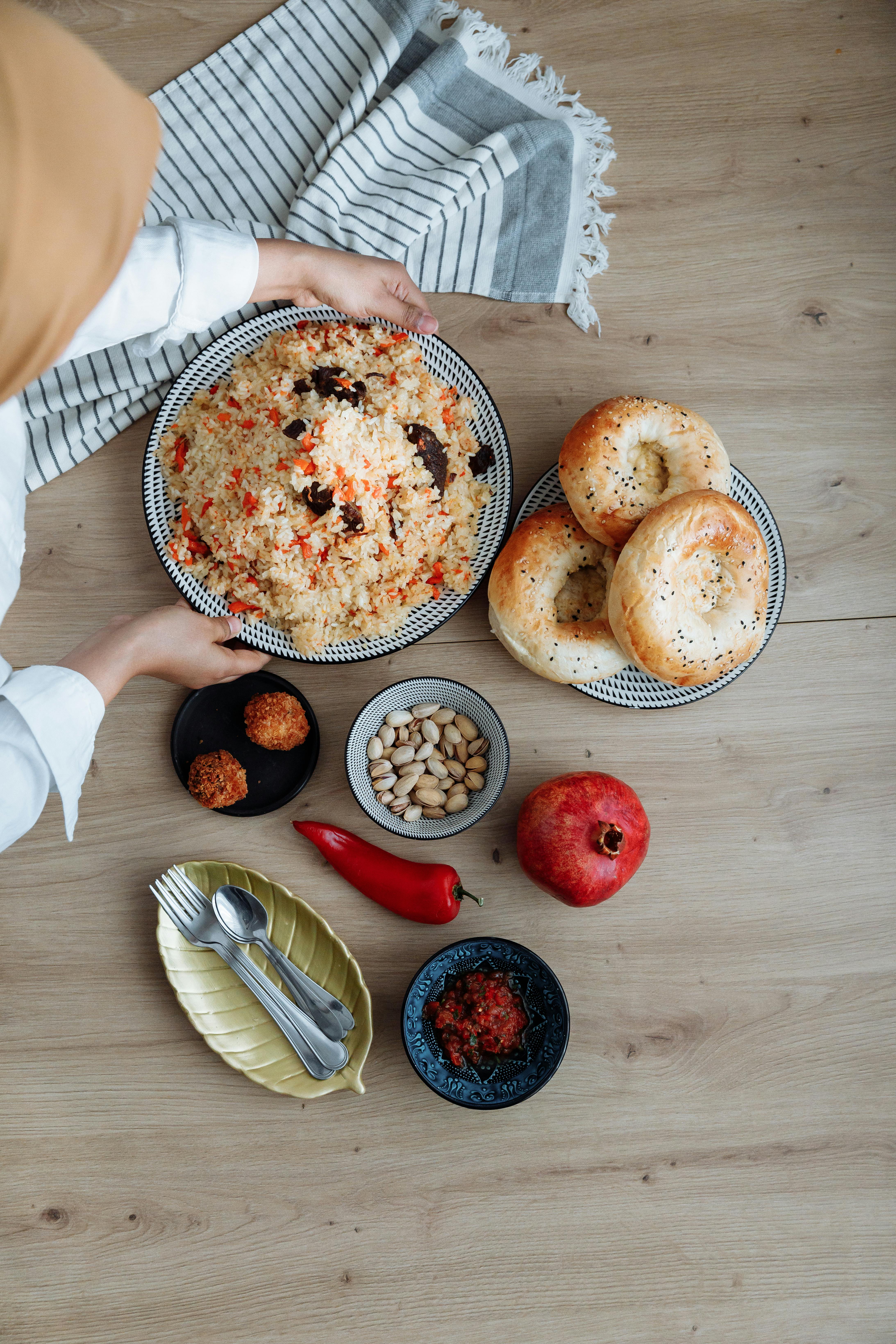
A rice dish with various furnishings | Source: Pexels
The disparaging comments from my mother-in-law weren’t new to me. She had always made her feelings known, criticizing the way I eat with my hands as if it were something to be ashamed of, or the aromatic spices that filled our home, dismissing them as offensive. My husband’s attempts to defend me and educate her on the beauty and diversity of other cultures seemed futile.
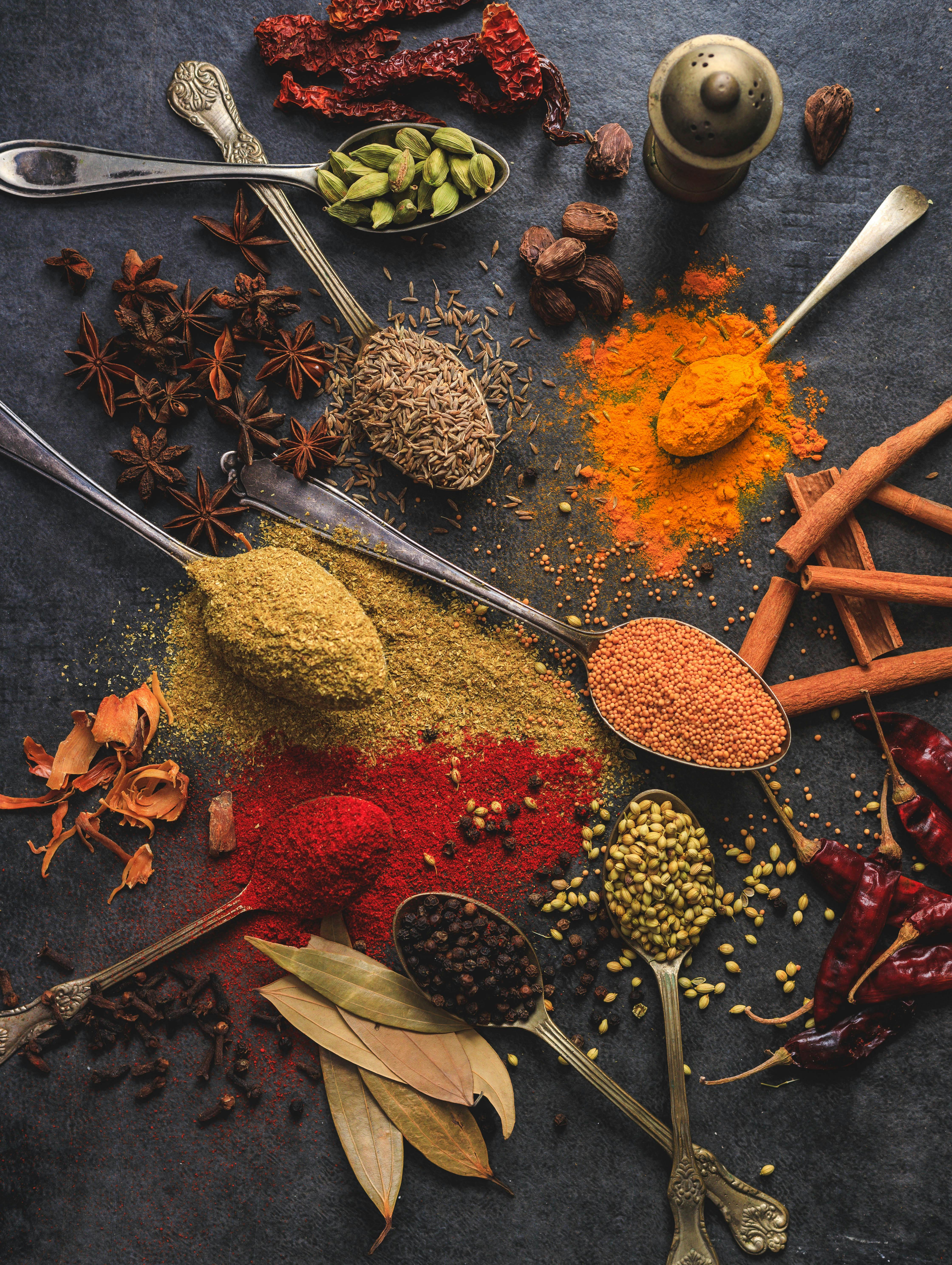
Various spices | Source: Pexels
Living with her constant judgments and disregard for my heritage was testing my patience, but I had chosen to remain silent, attributing her behavior to the stress of the quarantine.
The morning I discovered the empty pantry was a breaking point. The realization that she had taken it upon herself to throw away not just the food but a piece of my identity was shocking. Her justification, claiming it was for the sake of her son’s dietary preferences, was a blatant disregard for me, my culture, and even her son’s choices.
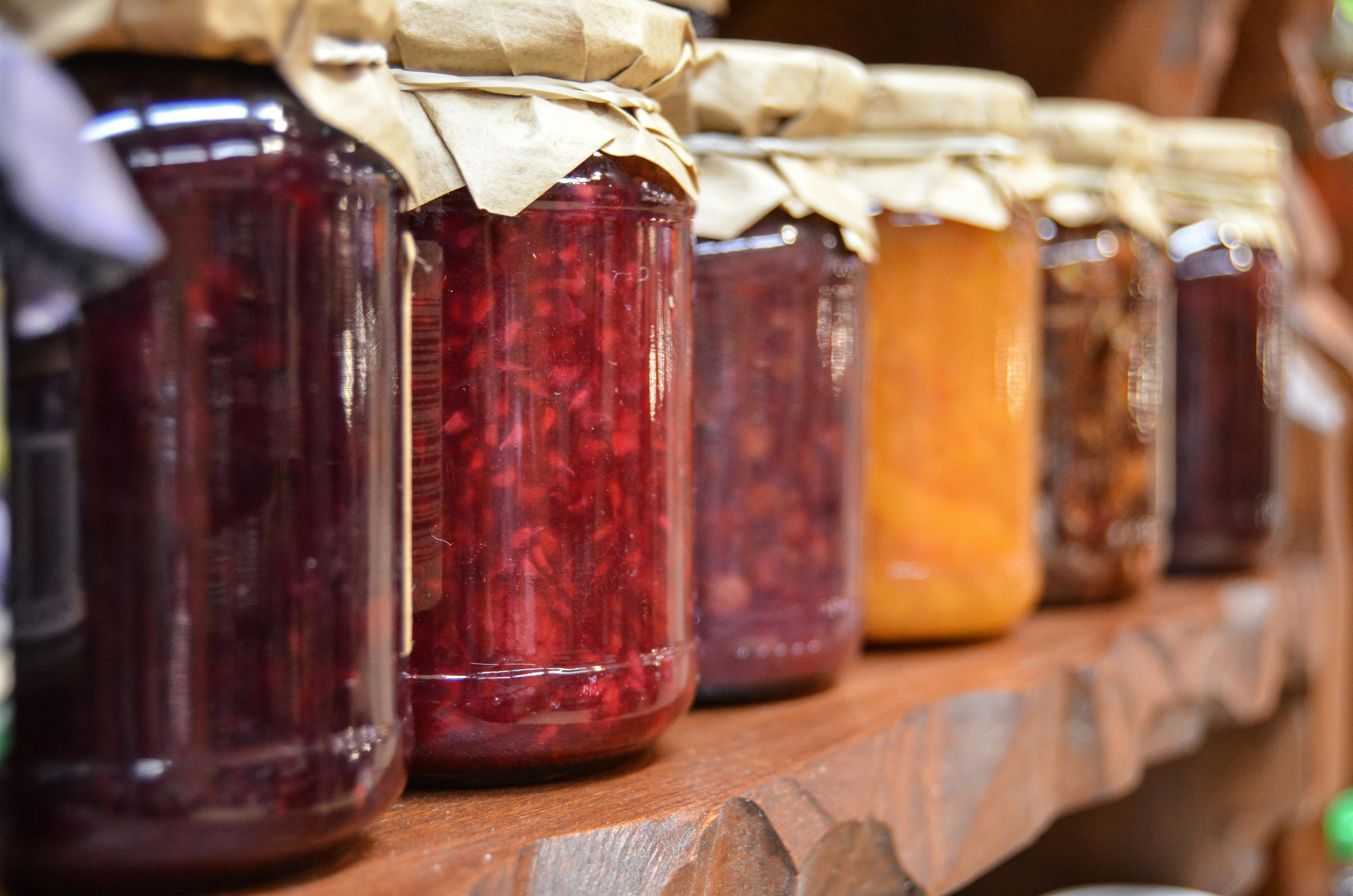
Jards in a pantry | Source: Pexels
It was clear she viewed my heritage as inferior, something to be erased and replaced with what she considered “normal American food,” as if my being American wasn’t valid because of my ethnic background.
My frustration was compounded by the challenge of replenishing my supplies. The quarantine had already made grocery shopping a daunting task, and finding specific ingredients for my dishes was nearly impossible due to shortages. Returning home empty-handed to face her audacious questioning about dinner plans was the epitome of insult to injury.

A woman doing grocery shopping | Source: Pexels
In that moment, feeling belittled and disrespected in my own home, something shifted within me. I realized that remaining silent and attempting to keep the peace had only emboldened her disrespect. It was clear that direct confrontation or seeking my husband’s intervention again would not suffice. Her actions were a direct challenge to my identity and my place in this family, and I could not let it stand unaddressed.

An angry woman | Source: Pexels
As I stood there, facing her smug inquiry about dinner, a calm resolve settled over me. I knew that any response I gave now would only lead to more dismissals of my feelings and heritage. But I wasn’t going to play by her rules anymore. I wasn’t just going to find a way to cook with the limited ingredients I had or try to explain yet again why her actions were hurtful and unacceptable.
No, I had another plan.
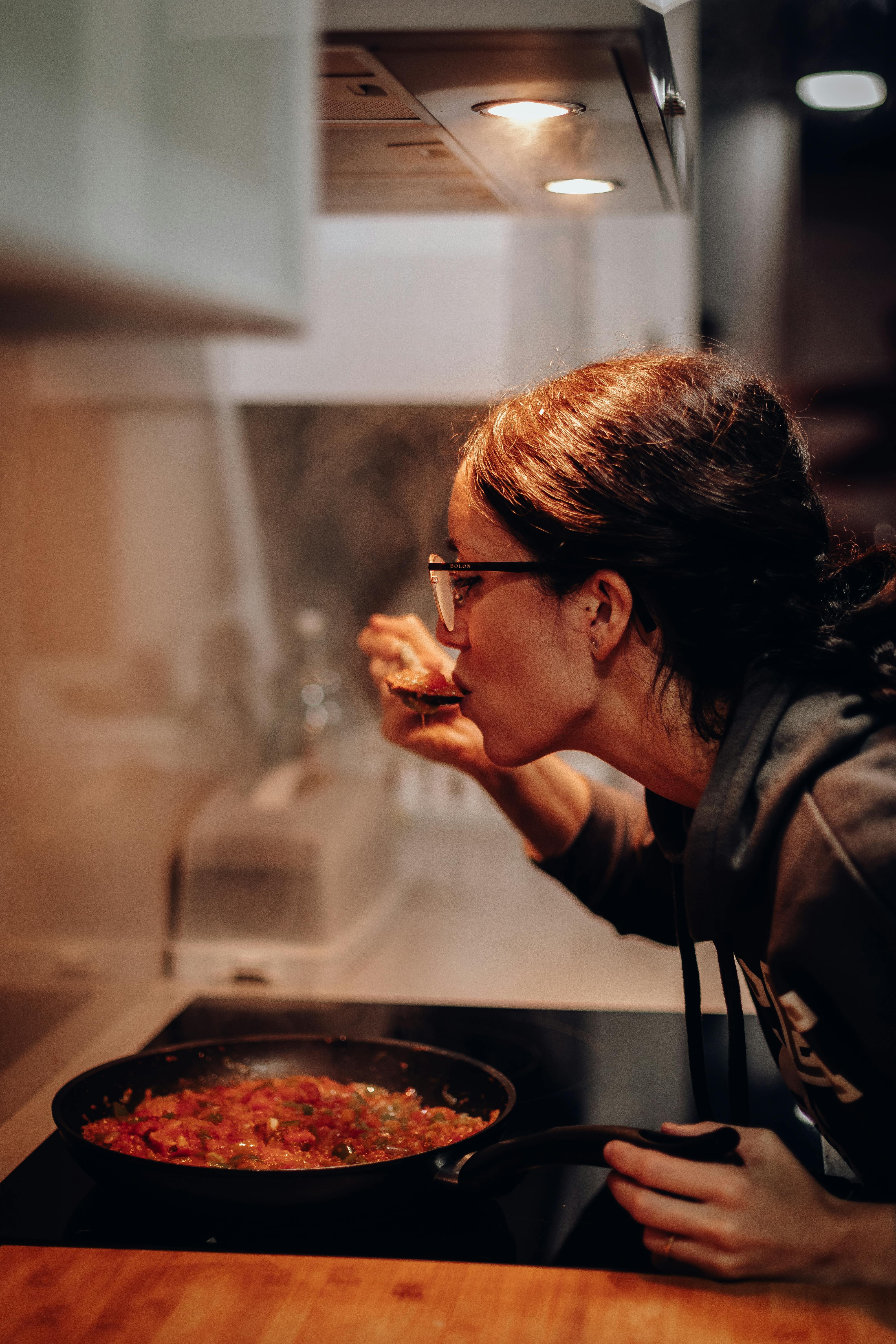
A woman cooking | Source: Pexels
With a clear objective in mind, I channeled all my frustration and determination into creating a masterful culinary strategy. My mother-in-law’s upcoming party, intended to be a grand social event, provided the perfect stage for my plan. She had envisioned this party as a showcase of her taste and sophistication, expecting a menu of classic American cuisine to appeal to her guests’ palates. However, I saw an opportunity to subtly introduce the very essence of my heritage that she had so vehemently rejected.
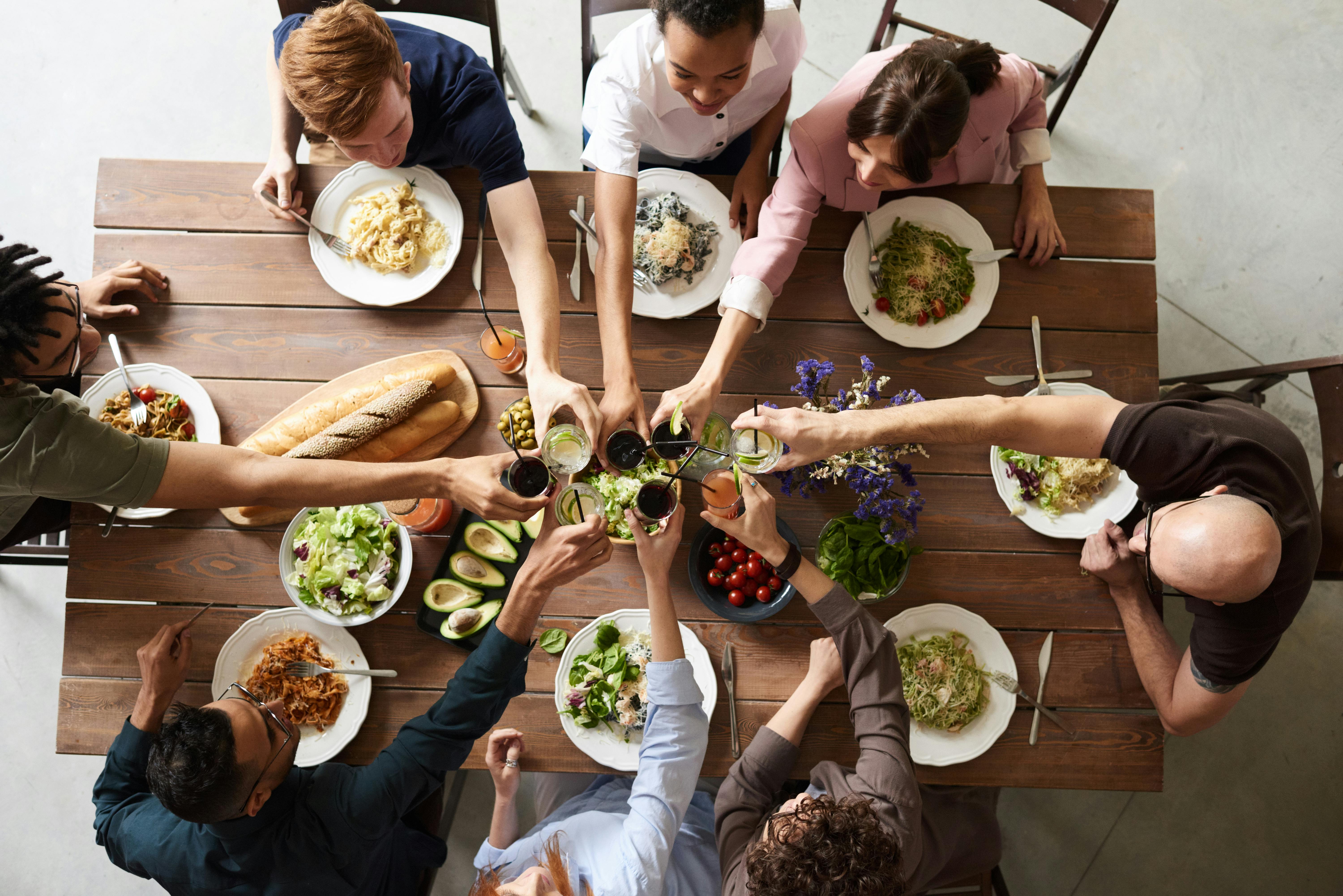
A dinner party | Source: Pexels
As I took over the kitchen to prepare the dishes for the party, I decided to infuse each “American” dish with a touch of Indian flair. The burgers were seasoned with garam masala, the potato salad hinted at cumin and coriander, and the apple pie was laced with cardamom. The transformation was subtle, enough to intrigue but not overwhelm, a culinary bridge between my world and hers.
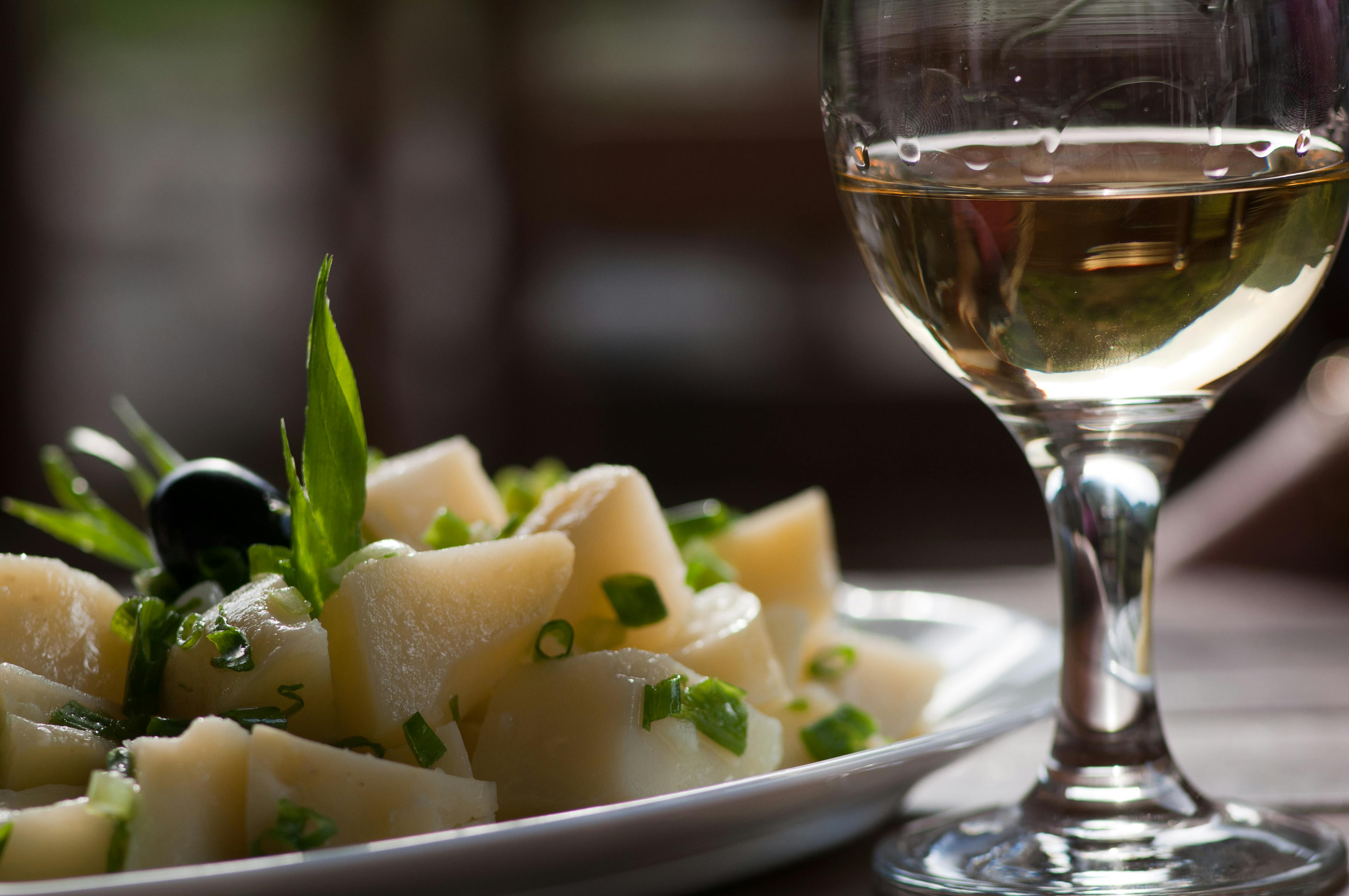
A dish with potato salad | Source: Pexels
The party was in full swing, with guests mingling and enjoying the ambiance. As they began to eat, their reactions were unanimous – surprise and delight at the unexpected flavors. One by one, they approached my mother-in-law with compliments, praising the innovative and delicious twist on traditional dishes. Each compliment was a testament to the universal language of good food, transcending cultural barriers and prejudices.

People enjoying a dinner party | Source: Pexels
Caught off guard by the barrage of praise, my mother-in-law tasted the food with a critical eye, expecting to justify her disdain for Indian cuisine. However, the scene before her, a room full of guests genuinely enjoying the food, forced a change in perspective. The initial instinct to reject the unfamiliar flavors was overshadowed by the realization that her biases were unfounded. The food was not just accepted; it was celebrated.

People enjoying a meal | Source: Pexels
This moment of revelation was pivotal for my mother-in-law. Witnessing the joy and satisfaction her friends experienced from the very cuisine she had scorned, she understood the futility of her resistance.
It dawned on her that her aversion to Indian food was merely a manifestation of her deeper biases against my cultural background. The reality that her son’s happiness was intricately linked to embracing his wife’s heritage finally broke through her stubborn prejudice.

People talking and laughing at a table full of food | Source: Pexels
The aftermath of the party marked a significant shift in our household dynamics. My mother-in-law’s acknowledgment of her misplaced animosity paved the way for a more harmonious coexistence. The tension that once permeated our interactions began to dissipate, replaced by a cautious mutual respect. Although this understanding did not erase all the challenges we faced, it was a crucial step towards reconciliation.
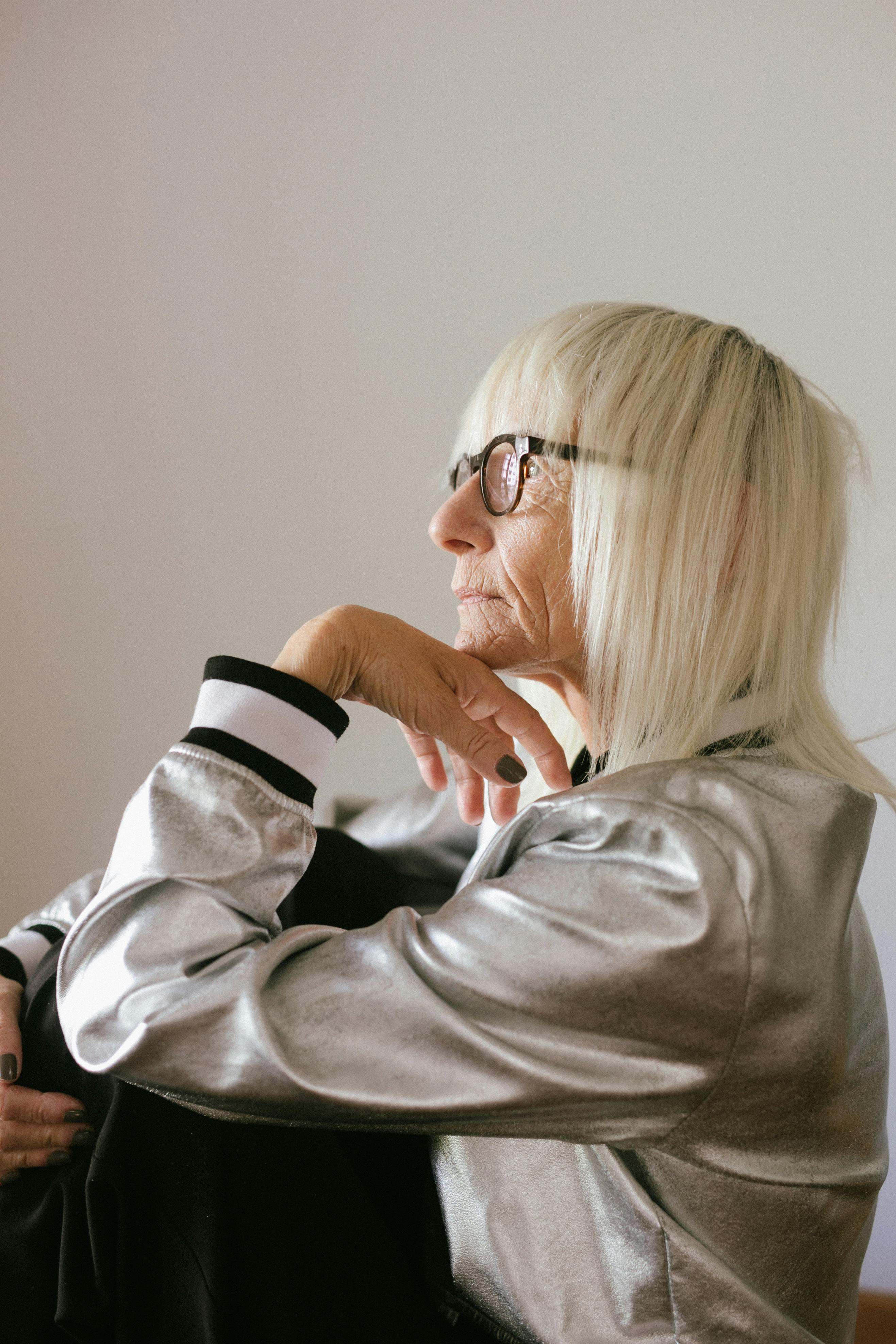
An upset older woman | Source: Pexels
Despite the progress in our relationship, the arrangement of living together remained untenable for all involved. My mother-in-law, perhaps recognizing the need for space to allow our relationship to continue healing, decided to move to her daughter’s place. This decision was met with a collective sigh of relief, a necessary change that promised a fresh start for everyone.

A happy woman | Source: Pexels
In the end, the experience taught us all invaluable lessons about acceptance, respect, and the power of food as a unifying force. While the road to fully bridging our cultural divide would be long and fraught with challenges, the party served as a poignant reminder of the potential for change. It underscored the importance of looking beyond our prejudices and embracing the diversity that enriches our lives.
How would you have dealt with a mother-in-law like this? Let us know on Facebook!



Leave a Reply